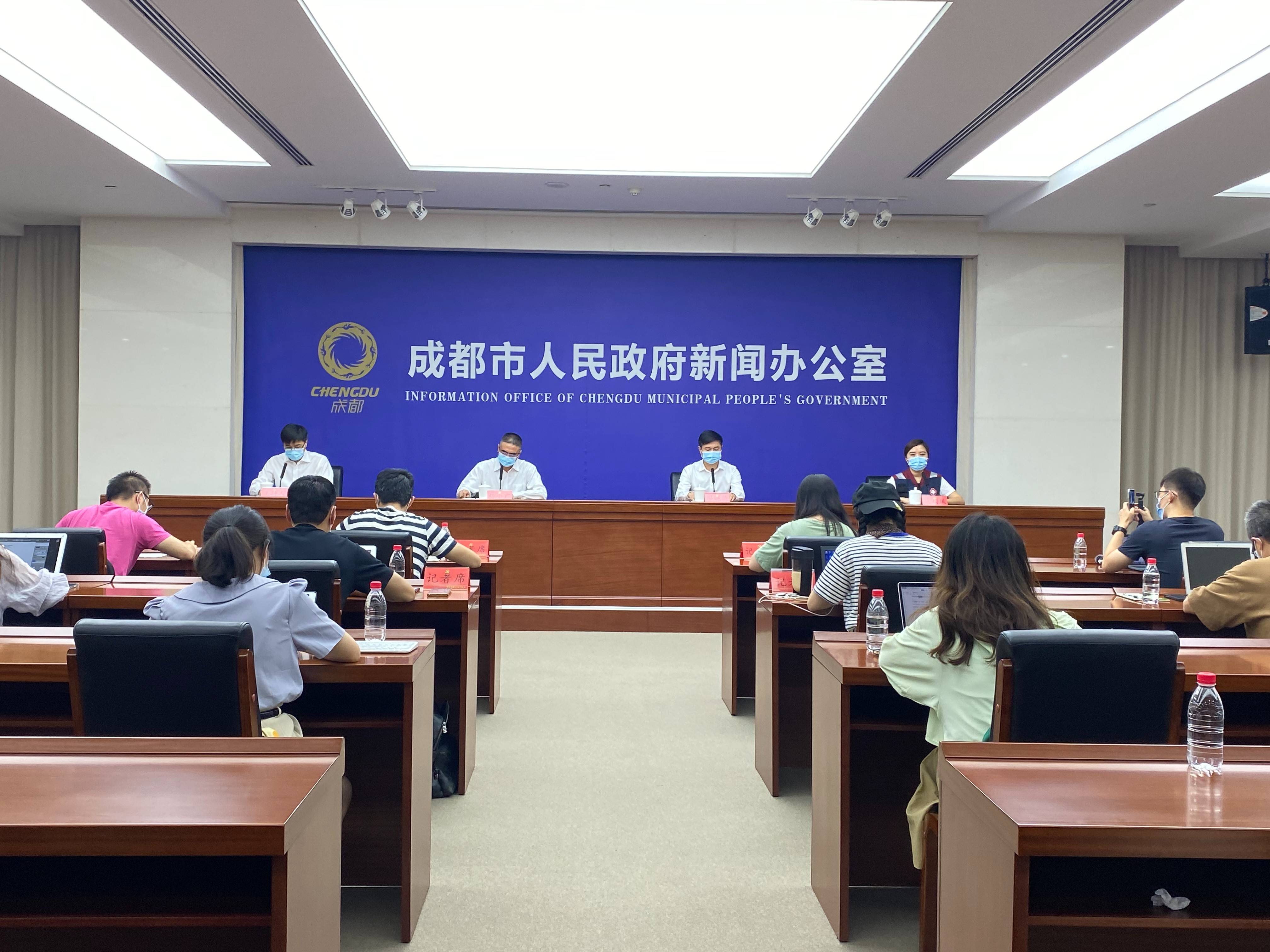The world population will reach 8 billion in 2022!There are seven major trends in China's population
Author:Shanxi Evening News Time:2022.07.13
According to the latest round of global population estimates and forecasts, the world population will reach 8 billion in 2022, and in 2080 reached a peak of about 10.4 billion. The Indian population will exceed China in 2023. So, what is the trend of changes in China's population?
On July 12, the China Population and Development Research Center and the United Nations Division of Population and the United Nations Population Fund in China jointly organized the "World and China Population Outlook Data Release and Low Fertility Corporation". The main results of China's "Fourteenth Five -Year Plan" and the trend of population changes in the medium and long -term period analyzed the seven trends of China's population changes.
Trend 1: Zero -growth of 1.4 billion people, strive to achieve a huge modernization of population.
The total population of mainland China exceeded 1.4 billion in 2017 and 1.412 billion in 2020. The "Fourteenth Five -Year Plan" and the medium and long -term total population will go through zero growth and negative growth. By 2035, it was around 1.4 billion people. Population is the basic factor of my country's development potential and development toughness. The United Nations predicts that the total population of India will surpass China in 2023. However, China's urbanization level, labor quality, and per capita output are higher than India.
Trend 2: When the birth population enters a period of 10 million platforms, it should actively promote the appropriate fertility level.
The birth of the year in China, 12.02 million in 2020, fell to 10.62 million in 2021. The "Fourteenth Five -Year Plan" and the implementation of active fertility support measures to promote childbearing friendship will fluctuate around 10 million by 2035 or even more.
Trend III: The working age population is more than 900 million, the quality is improved, and the space for tapping the new dividend of human capital is huge.
China ’s 15-64-year-old working age population, 968 million in 2020, and more than 900 million in 2035, a total of 150 million people in the current European population, and 2.7 times close to the total population of the United States. The degree of education has continued to increase, and the new dividend space for tapping human capital is huge.

Data map.
Trend 4: The elderly population will exceed 400 million, the proportion of the elderly in the elderly, and the potential of the elderly's human resources is large.
At the age of 60 and above, it was 264 million in 2020, 321 million in 2025, and exceeded 400 million in 2032. At the age of 65 and above, it was 191 million in 2020, 221 million in 2025, and exceeded 300 million in 2033. The 60-64-year-old low-aged elderly people, 2020 were 68 million, exceeded 100 million in 2026, and 106 million in 2035. The potential for excavation of elderly human resources was huge.
Trend 5: Elderly people will double, actively respond to population aging, and promote the health of the elderly.
China is 80 and above elderly people with 35.7 million people in 2020. In 2035, there were more than 79.6 million people. The scale of disabled semi -disabled elderly people has continued to grow, paying attention to the factors of the influence of the elderly, and continuously improving the health level of the elderly, in order to actively cope with the aging of the population.
Trend 6: The elderly supporting ratio drives the total raising ratio to rise rapidly. It is necessary to continuously improve the pension guarantee and promote intergenerational balance.
The age of labor is decreased, the elderly population continues to rise, and the elderly support ratio (15-59 years old = 100): 2020 is 30, 20135 is 54, and in 20150 to 82. Total raising ratio (15-59 years old = 100): 58 in 2020, 73 in 2013, 106 in 2050. In 2050, 100 labor-age population will raise 106 children and elderly people. To achieve high -quality development, it is urgent to reform and improve the "one old and one small" guarantee system to promote intergenerational balance.
Trend 7: There will be more than 1 billion people living in cities and towns, and the agglomeration of population in space will form a new growth momentum.
The population living in cities and towns is 900 million in 2020, and will increase to 1.023 billion in 2035. Cities and urban agglomerations will gather more population, and population agglomeration and contraction areas coexist. Optimize the allocation of population and space resources, and promote coordinated regional development, which can form a new economic growth pole.
According to the China Population and Development Research Center, China's population is huge, the level of population health and quality continues to improve, further optimize the allocation of population and space resources, increase scientific and technological innovation, and tap the potential of population to support economic development. The two -way adaptation and dynamic balance of the development of population development and economic and social development can be a good population environment for promoting the future of 1.4 billion people to the future of high -quality development.
not
Recommended in the future
not

not
Source: Shanxi Daily
- END -
Directly hit more than 2.6 million person -times in the press conference ⑧ Jinjiang District, Wuhou District, and Chenghua District, and more than 2.2 million people have been negative.

On July 16, the Press Office of the Chengdu Municipal People's Government held a p...
Two companies of Zhongguancun Software Park jointly launched smart nucleic acid sample booths
In the context of adhering to the unwavering policy of dynamic clearing zero, in order to respond to the country's sampling circle policy for the 15 -minute nucleic acid sampling circle in respo